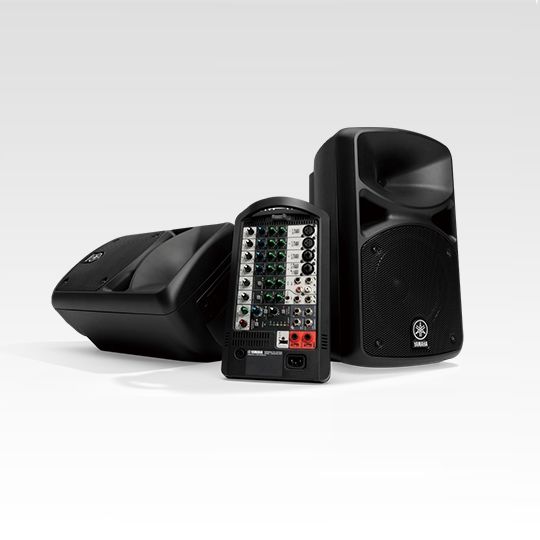F
flobeeblow45
New member
Probably a very, very stupid question, but I'll ask anyway...
Ok, so let's say I have a PA system (mixer outputting to a pair of speakers), and the maximum output power is 600 watts (300 watts for each speaker). Let's say there are 6 inputs on the mixer, and I connect a microphone to one of the inputs and turn the volume for that input up to 70% of the maximum volume for that input and I start singing through the microphone (while all the other inputs are unused). Would this mean that I'm using 70% of the 600 watts of maximum output power the PA system allows (i.e., .7 x 600 = 420 watts)?? Or am I not understanding things correctly?
Ok, so let's say I have a PA system (mixer outputting to a pair of speakers), and the maximum output power is 600 watts (300 watts for each speaker). Let's say there are 6 inputs on the mixer, and I connect a microphone to one of the inputs and turn the volume for that input up to 70% of the maximum volume for that input and I start singing through the microphone (while all the other inputs are unused). Would this mean that I'm using 70% of the 600 watts of maximum output power the PA system allows (i.e., .7 x 600 = 420 watts)?? Or am I not understanding things correctly?

